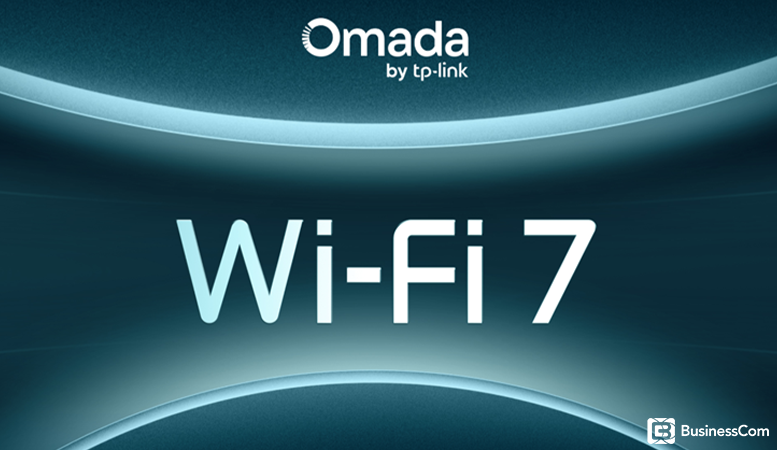Omada: “Wi-Fi 7 Will Transform the Future of Wireless Networks”
Wi-Fi 7 is on the rise and promises a true revolution in wireless connectivity. According to Eric Mulder of Omada Networks, Wi-Fi 7 marks a new era where speed, stability, and flexibility come together. Here, he shares his vision.
Although Wi-Fi 6 already brought significant improvements, Wi-Fi 7 takes things a step further. Eric Mulder from Omada explains: “The Wi-Fi standard is now 25 years old. With Wi-Fi 7, many of the old limitations are finally being broken.”
What makes Wi-Fi 7 so powerful?
The IEEE, the organization responsible for the Wi-Fi standard, set two ambitious goals: a minimum speed of 30 Gbps and drastically reduced latency. In practice, this means not only connections that are 4.5 times faster than Wi-Fi 6, but also a more stable and reliable network experience.
Four key innovations make this possible:
• Double channel width (320 MHz) for greater data throughput.
• Up to 16 antenna streams for higher capacity.
• 4096-QAM modulation for more efficient data transmission.
• Multi-Link Operation (MLO), enabling the use of multiple frequencies simultaneously for maximum performance.
Where will you see the difference?
Wi-Fi 7 will be especially noticeable in environments that place high demands on their networks, such as:
• Offices with many employees, video meetings, and mobile working.
• Industrial and logistics settings, where autonomous vehicles, drones, and smart machines rely on real-time communication.
• Education, where stable and fast connections are essential for online learning.
• Gaming and entertainment, with ultra HD streaming and VR applications running smoothly.
• Smart buildings and IoT, where hundreds of devices need to communicate efficiently.
Smart investments in Wi-Fi 7
Mulder of Omada emphasizes that Wi-Fi 7 is not needed everywhere right away. “In primary schools with older Chromebooks or warehouses full of Wi-Fi 5 scanners, such an investment makes little sense unless the entire infrastructure is replaced.”
That’s why Omada offers both high-end Wi-Fi 7 access points, like the EAP783, and more affordable models such as the EAP723 and EAP772, which are compatible with existing networks. Omada often recommends a mix of Wi-Fi 6 and Wi-Fi 7 access points, depending on the type of space and its usage.
